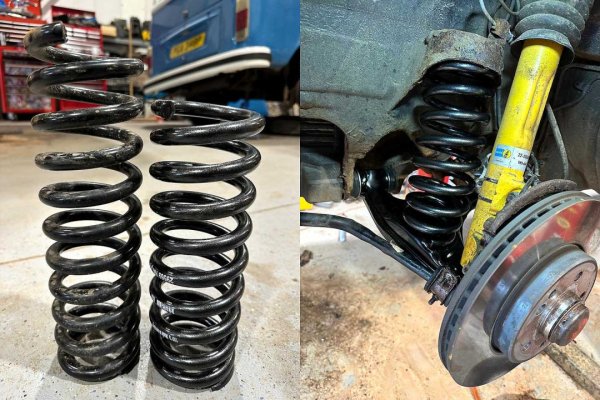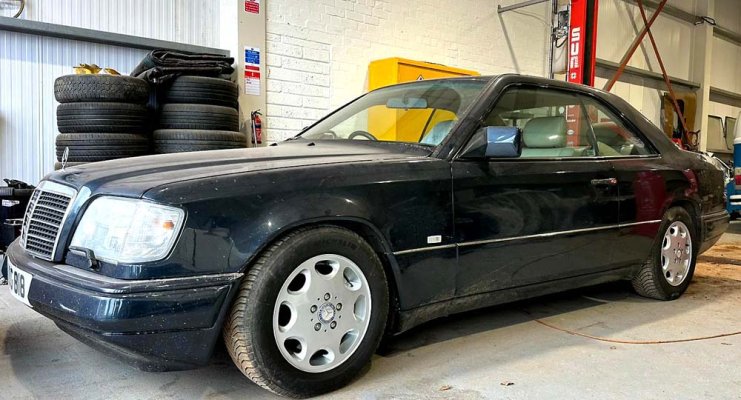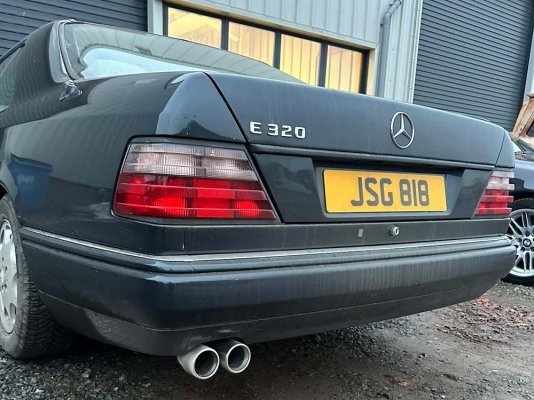Hi All,
My car is mercedes w211 e280 2009.
Yesterday Failed MOT offside rear coil spring broken,
I didn't notice any difference in driving with broken coil spring is this normal?
Also I have called my local MB for both rear coil spring the quoted me £207 for both rear coil spring + seals,
Problem is the don't have them in stock if I order them I need to wait 5/7 days.
My MOT expires on this Friday, (lesson learned to book a MOT 3/4 weeks before it's expire)
My other option is to buy coil springs from GSF parts the quoted me for both £98 coil spring brand is (lesjofors) I think the are without seals.
Should I get these or order them from MB dealer and wait until the arrive?
Any advice would be much appreciated.
Thanks.
The main difference between genuine springs and decent aftermarket ones ( of which I personally would only fit Bilstein ) are that the M-B ones are coded to the car , according to its spec , hence only ordered against the chassis no . Genuine springs are marked with various coloured paint markings , which should match up with the original ones on your car , these reflect slight differences in weight according to the spec of your vehicle , as well as different suspension setups such as standard , Sportline etc .
Aftermarket springs are not always as precisely coded to individual cars , but if you buy OEM parts , such as Bilstein , and check your chassis no against the manufacturers website , you should obtain a part of equal quality to the original , but I would in such cases always replace in pairs as there may be slight differences in spec .
In conjunction with the springs , you should ideally also replace the rubber shims , which are also coded to the car , and come in different thicknesses ( recognised by the number of ‘bumps’ , which can range from one on the thinnest , up to four bumps on the thickest ) .
In an ideal world items such as springs and shocks should be replaced in pairs ( as with tyres ) across an axle , but as with a punctured tyre , you can get away with replacing a single broken spring , as long as the one on the opposite side is at the very least inspected and found to be in good condition .
When inspecting springs , check the surface paint finish : if this has deteriorated , leaving any or all of the spring showing bare metal , which usually rusts in our wet climate and especially after being sprayed with road salts , then the corrosion which sets into the metal can leave the spring extremely susceptible to failure .
Springs also seem prone to failure in periods of very cold weather , such as we have been experiencing recently .
As has already been stated , failure close to either end of a spring can be difficult to spot , and a broken spring does not always manifest in an obvious change in driving characteristics.
I always check my springs if I have the wheels off for any reason , whether to change tyres , or just inspecting or changing brake parts . Also worth checking suspension components such as ball joints or drop links for anti roll bars when any wheels are off .

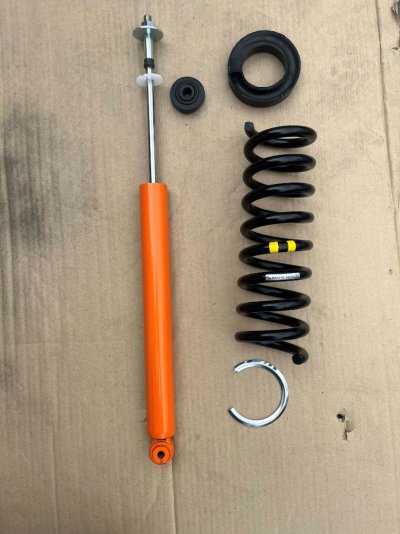
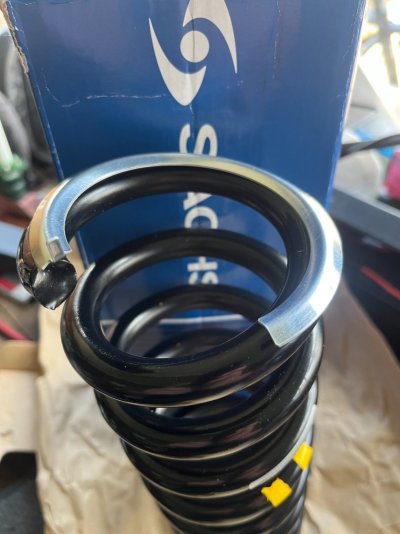
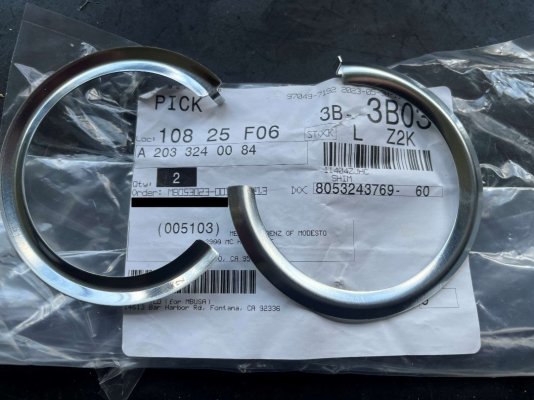
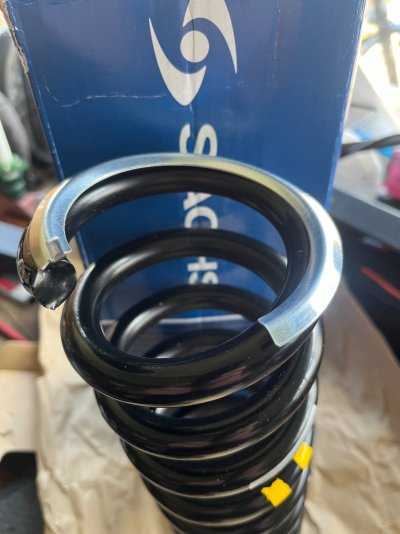
 Long time since I had one of those...
Long time since I had one of those...